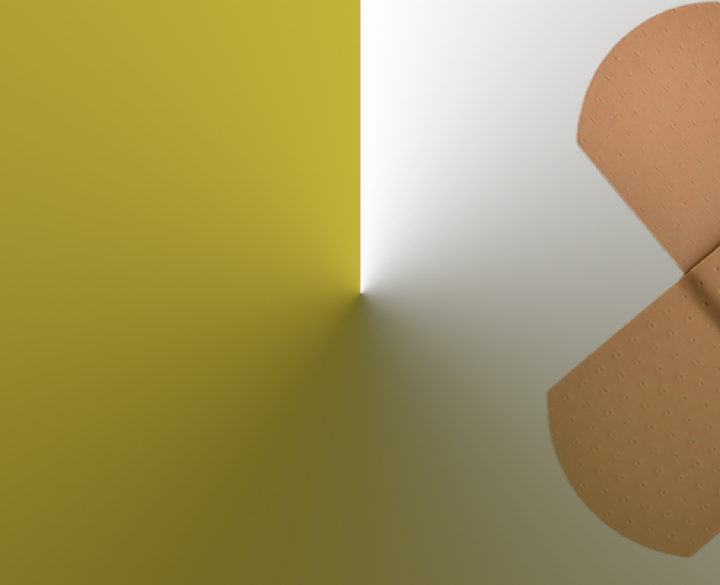The European Commission adopted the standardization request in support of the Medical Device Regulation (MDR) on April 14, 2021. It was accepted by the European standardization bodies, CEN and Cenelec on May 12, becoming fully applicable following the delivery of a joint work program on May 28, 2021.
Acceptance of the standardization request will initiate the process of modifying or revising many standards for medical devices. Harmonized standards for medical device directives will not automatically be added to the lists of standards supporting the Regulation. In some cases, a European amendment to modify the European foreword and replace the annexes Z of the directives with annexes showing the relationship between the standard and the MDR will be necessary. In other cases, an ongoing amendment or revision to the standard may be used to update the foreword and appendix Z. There is a common deadline of May 27, 2024, for all requested standards to be in place.
The development of these standard is part of the work programme of CEN/TC 205, Non-active medical devices. Centexbel will actively participate in updating and revising the numerous standards under its responsibility.
The most important standards that are part of this process and of which the revision has already started will be discussed below:
EN 13795 (2019)
Surgical gowns, surgical drapes (part 1), and clean air suits (part 2)
As a reminder, big changes were already made when, after the last revision, EN13795, the standard for surgical gowns, surgical drapes, and clean air suits, was published in 2019. The standard was split into two parts. Part one deals with requirements and test methods for surgical drapes and gowns, while part two addresses clean air suits.
Performance requirements were largely unchanged, but now require a statistical representation of the data rather than just providing all the testing data points. With the introduction of a “Treatment of Results” section in the Annex of the standard, manufacturers no longer need to guess how to determine compliance with the requirements. The introduction of upper and lower quartile test statistics gives a clear guideline for determining compliance. The test method standards have remained unchanged in this revision of EN 13795.
Another change that was introduced was a note trying to clarify the indication that “Testing shall include potential weak spots.” This note specifically refers to “joints in critical areas” but does not define specific requirements about how testing of potential weak spots should be approached.
Both the performance requirements and the test methods specified will most likely not undergo any major update during the current revision. In addition to the update of the annex ZA and some editorial corrections, the current revision will:
- clarify the identification and testing of the “weak spots”
- review the possibility of adding recommendations regarding environmental and climate change impacts.
EN 14683 (2019)
Surgical masks - Requirements and test methods
As a reminder, the latest revision mainly focused on further refining and updating the test methods used to evaluate the Bacterial Filtration Efficiency (BFE, Annex B), the Differential Pressure (Breathability, Annex C) and the Microbial Cleanliness (Bioburden, Annex D).
The most important changes were made to the differential pressure test, especially the setup of the device and apparatus used were reviewed completely and the performance requirements were adjusted to better fit the reviewed test method.
Both the performance requirements and the test methods specified will most likely not undergo any major update during the current revision.
In addition to the update of the annex ZA and some editorial corrections, the current revision will:
- thoroughly revise the content of the informative Annex A (Information for users);
- add an informative Annex E, containing the rationales;
- add an informative Annex F, related to transparent masks;
- review the possibility of adding recommendations regarding environmental and climate change impacts.
prEN 13726
Test methods for wound dressings
The EN 13726 series of standards published in the early 2000s cover the test methods for primary wound dressings. During a systematic review in 2012 it was apparent that several test methods were not being used and other methods needed significant revision to ensure the test results remained relevant to modern dressing design. It was agreed that a full revision of the standard was required to address these issues.
A draft standard prEN 13726 (Test methods for wound dressings - Aspects of absorbency and moisture vapour transmission, waterproofness and conformability) has been developed which will eventually supersede EN 13726-1:2002, EN 13726-2:2002, EN 13726-3:2003 and EN 13726-4:2003. It is anticipated that the standard will be published in 2023.
prEN xxx
Self and third party respiratory protection devices against infections - requirements and test methods
Following the experience gained during the recent pandemic, the need for ‘dual-use’ masks (both self and third-party protection, see separate article) resulted in the establishment of a new working group (WG 17) within CEN/TC 205.
This working group is currently compiling the requirements and test methods for an infection protection mask in four subgroups (Requirements, Human factors, Test procedures and Selection and use) and intends to define requirements for respiratory infection protective devices that will be regulated under either MD or PPE regulations and intended for use by people regardless of age, size or ability. This requires extensive tests to obtain a well-founded data basis, as the knowledge gained so far from the standards for surgical masks (EN 14683) and occupational safety masks (EN 149) can only be used to a limited extent.
A first draft standard is expected to be circulated by early 2023.




